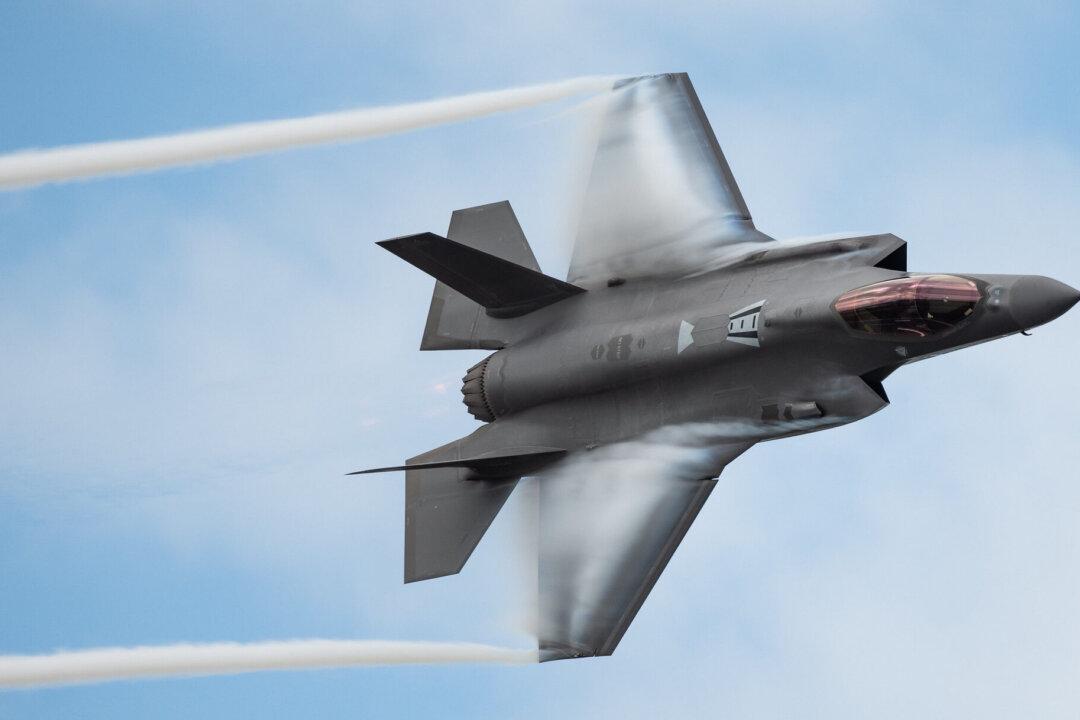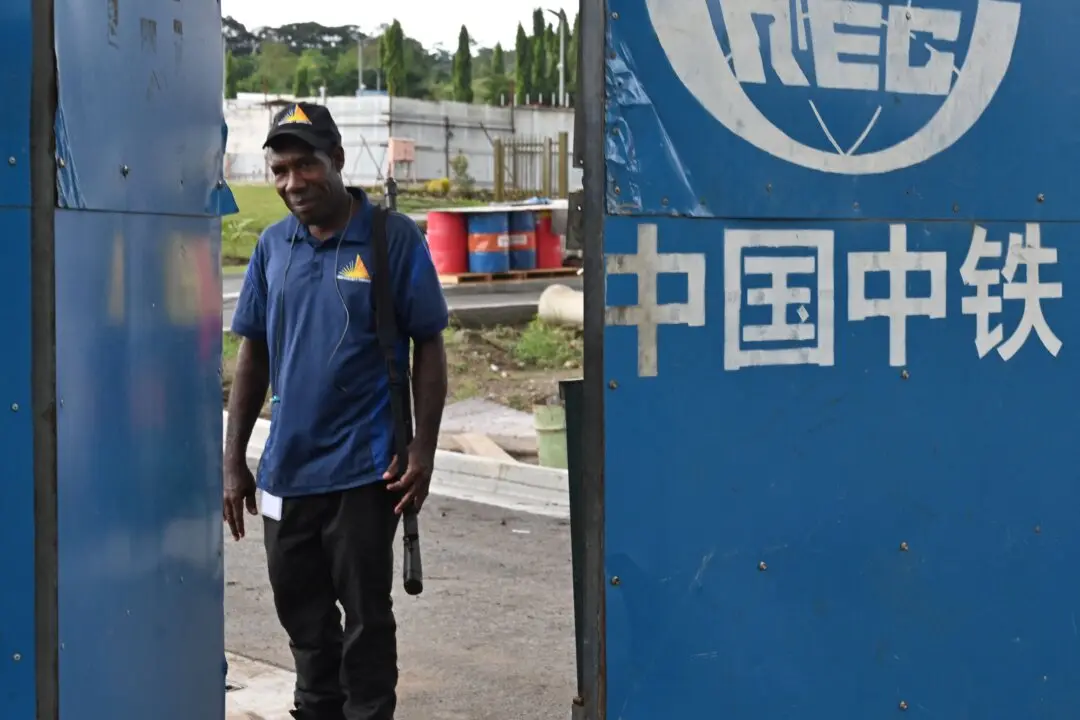The U.S. Air Force will struggle to maintain pressure on the Chinese military if conflict erupts around the Taiwan Strait, according to a recent war games analysis.
Other factors, such as advancements in Chinese missile tech, and the sheer distance between the United States’ closest airbase in Okinawa and Taiwan, will also hamper the response of U.S. armed forces.





